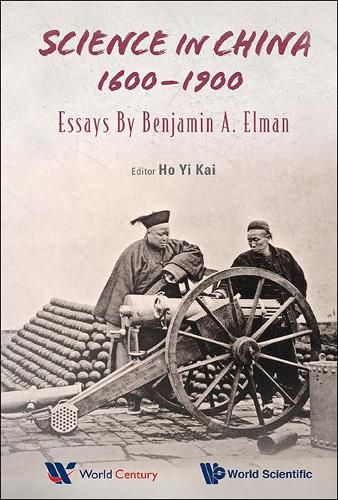Readings Newsletter
Become a Readings Member to make your shopping experience even easier.
Sign in or sign up for free!
You’re not far away from qualifying for FREE standard shipping within Australia
You’ve qualified for FREE standard shipping within Australia
The cart is loading…






Distinguished historian Benjamin A Elman’s collective volume on the history of science in imperial China, brings together over 30 years of historical literature on the subject. With updates to the literature and new material including transcripts of podcasts and translated interview articles, Science in China takes the reader on a journey starting in the early 17th century with the missionary efforts of the Jesuits in China, and ending with the Protestant missions in the 19th century. These two milestone encounters brought Western sciences to local Chinese scholars with great success in shaping modern Chinese science. Elman studies the interaction between Western and Chinese sciences through philological research and evidence, and treats the two encounters not as separate events but as a continuum of creative exchange of scientific knowledge and discourse.
$9.00 standard shipping within Australia
FREE standard shipping within Australia for orders over $100.00
Express & International shipping calculated at checkout
Distinguished historian Benjamin A Elman’s collective volume on the history of science in imperial China, brings together over 30 years of historical literature on the subject. With updates to the literature and new material including transcripts of podcasts and translated interview articles, Science in China takes the reader on a journey starting in the early 17th century with the missionary efforts of the Jesuits in China, and ending with the Protestant missions in the 19th century. These two milestone encounters brought Western sciences to local Chinese scholars with great success in shaping modern Chinese science. Elman studies the interaction between Western and Chinese sciences through philological research and evidence, and treats the two encounters not as separate events but as a continuum of creative exchange of scientific knowledge and discourse.